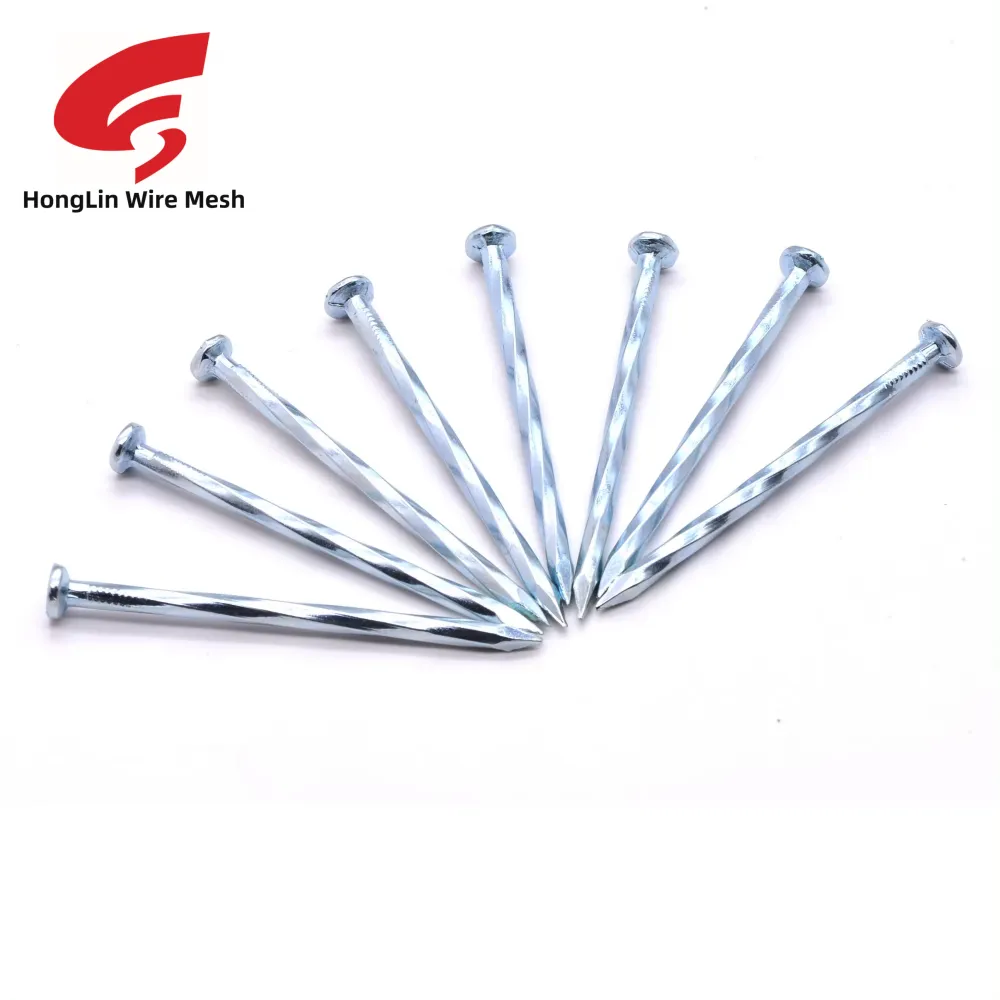Durable Galvanized Mesh for Versatile Applications in Construction and Gardening
The Versatility and Applications of Galvanised Mesh
Galvanised mesh is a widely utilized material known for its strength, durability, and corrosion resistance. Produced by coating steel or iron with a layer of zinc, galvanised mesh is designed to withstand various environmental conditions, making it ideal for numerous applications across different industries. This article explores the attributes, manufacturing processes, and diverse uses of galvanised mesh, illustrating why it is a preferred choice for builders, manufacturers, and DIY enthusiasts alike.
Understanding Galvanised Mesh
Galvanised mesh primarily consists of steel or iron wire that has undergone a galvanisation process. This process involves dipping the metal into molten zinc, which forms a protective layer that prevents rust and corrosion. Galvanised mesh is typically available in several configurations, including hexagonal, square, and welded patterns, allowing for versatility in usage. The mesh can vary in thickness and width, depending on the specific requirements of a project.
Key Attributes
One of the standout features of galvanised mesh is its excellent durability. The galvanisation process coats the metal, providing a barrier against moisture, air, and other corrosive elements. This makes galvanised mesh highly suitable for outdoor and industrial applications where exposure to harsh conditions is common. Additionally, galvanised mesh is lightweight, easy to handle, and can be cut or shaped to fit various applications, further enhancing its usability.
Another important aspect of galvanised mesh is its cost-effectiveness
. While the initial investment may be higher than that of non-galvanised options, the longevity and low maintenance requirements often result in considerable savings over time. Galvanised mesh does not need frequent replacement or repair, which is particularly advantageous for large construction projects.galvanised mesh

Applications of Galvanised Mesh
Galvanised mesh finds its place in a wide array of applications across various sectors. In the construction industry, it is commonly used as reinforcement in concrete and plaster. It provides structural integrity by distributing loads and preventing cracks, thus enhancing the overall strength of the building material. Furthermore, galvanised mesh can be used in fencing applications, offering security while maintaining visibility through its open design.
Agriculture is another sector that benefits from galvanised mesh. It is employed in creating animal enclosures, cage constructions, and protective barriers for crops. The robust nature of the mesh ensures that animals are safely contained while allowing for adequate ventilation, which is crucial for their well-being.
In the realm of DIY projects, galvanised mesh is incredibly popular among homeowners and hobbyists. It can be utilized for a range of purposes, such as wire mesh screens, garden trellises, and decorative features in landscaping. The aesthetic appeal combined with practical functionality makes it a desirable material for personal projects.
Additionally, galvanised mesh has implications in industrial settings, where it can be used as filters or separators in various manufacturing processes. Its ability to withstand high temperatures and corrosive chemicals enhances its reputation as a reliable material for these demanding applications.
Conclusion
In summary, galvanised mesh is a versatile and durable material with a multitude of applications across various industries. Its resistance to corrosion, ease of use, and cost-effectiveness make it a favored choice for builders, farmers, and DIY enthusiasts alike. Whether employed in construction, agriculture, or intricate decorative projects, galvanised mesh stands as a testament to the practical integration of modern materials into everyday solutions. As industries continue to evolve, the demand and innovative applications of galvanised mesh are likely to expand, solidifying its place as a fundamental component in numerous sectors.
-
Space-Saving Chain Fence Hacks Vertical Gardening with Cyclone MeshNewsJul.16,2025
-
Innovations in Iron Nail Wire Production for Modern ConstructionNewsJul.16,2025
-
Creative Uses of Wire Netting Fence in Modern Landscape DesignNewsJul.16,2025
-
Barbed Wire Fence Innovations in Anti-Climb TechnologyNewsJul.16,2025
-
Architectural Uses of Umbrella Nails for Aesthetic Roof DesignsNewsJul.16,2025
-
Architectural Uses of Razor Barbed Wire in Secure Urban DesignNewsJul.16,2025




